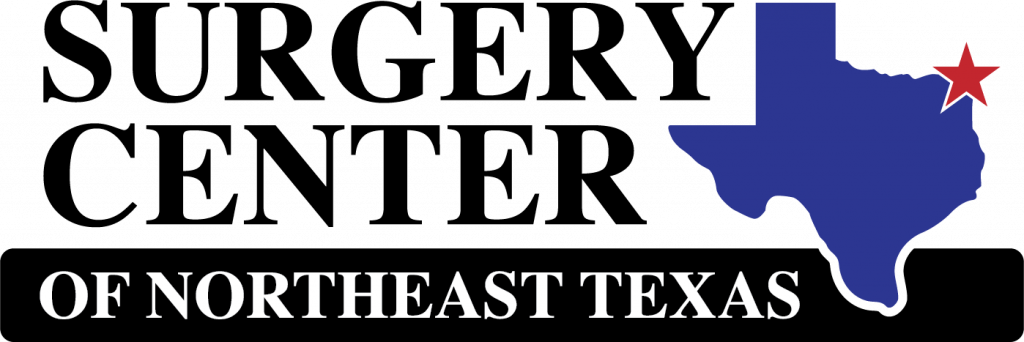Hammer Toes
Warning Signs & Symptoms
Hammer toe usually affects the second toe, although it may also affect the other toes. The toe goes into a claw-like position. The condition may occur as a result of pressure from a bunion. A corn on the top of a toe and a callus on the sole of the foot develop, which makes walking painful.
Prevention
Hammer toe can be avoided by not wearing shoes that are too short or narrow. Check children’s shoe sizes frequently, especially during periods of fast growth.
Rehabilitation
Patients can have their hammer toe surgically corrected. After the surgery there may be some stiffness, swelling and redness and the toe may be slightly longer or shorter than before. You will be able to walk, but should not plan any long hikes while the toe heals, and should keep your foot elevated as much as possible.
